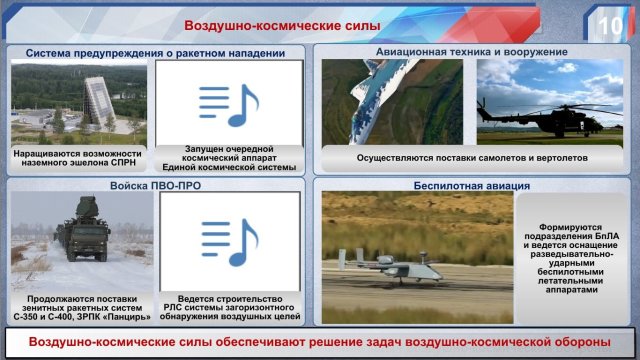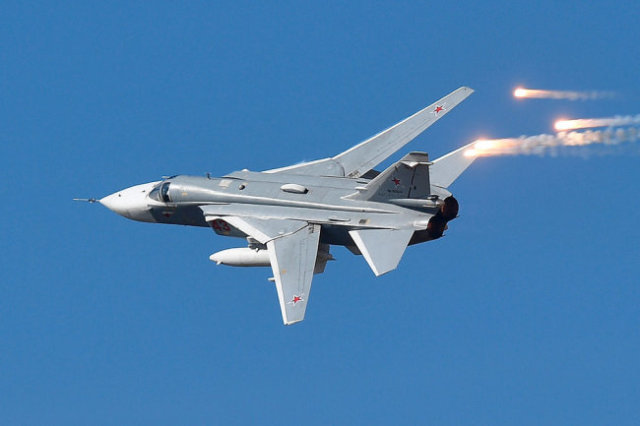On Thursday, at a meeting with military attaches of foreign states, the Chief of the General Staff of the Armed Forces of the Russian Federation, Valery Gerasimov, told how the country's aerospace defense is being improved.
In order to increase its capabilities and detect enemy missile attacks in a timely manner, another satellite of the Unified Space System was put into orbit. In addition, according to Gerasimov, in the interests of the Russian Defense Ministry, they continue to build radar stations for over-the-horizon detection of air targets. These radars allow you to control the airspace at a distance of up to 2 thousand kilometers from the Russian border.
In addition, the formations and units of the VKS are equipped with modern and modernized aircraft, anti-aircraft missile systems, radar stations and complexes for various purposes. Priority, according to the Chief of the General Staff, is given to the Su-57, Su-35s and Su-34 aircraft. As well as the S-400, S-350 and Pantsir-S air defense complexes.
At the same time, unmanned aviation is developing. The VKS has installed new reconnaissance and strike complexes with unmanned aerial vehicles, which have proven themselves well during the fighting in Syria. And the possibilities of conducting electronic warfare, applying precision strikes, increasing the range and duration of the flight of drones are also expanding.
"On November 15 of this year, tests were successfully carried out to defeat the decommissioned domestic spacecraft, which was launched back in 1982," the Chief of the General Staff recalled. According to him, the fragments of the satellite formed as a result of an accurate strike do not threaten space activities in orbit.
Gerasimov said that now these fragments are moving along trajectories outside the plane of the orbits of space stations. They have been included in the main catalog of the Russian space control system and are constantly being monitored.

Yuri Gavrilov

